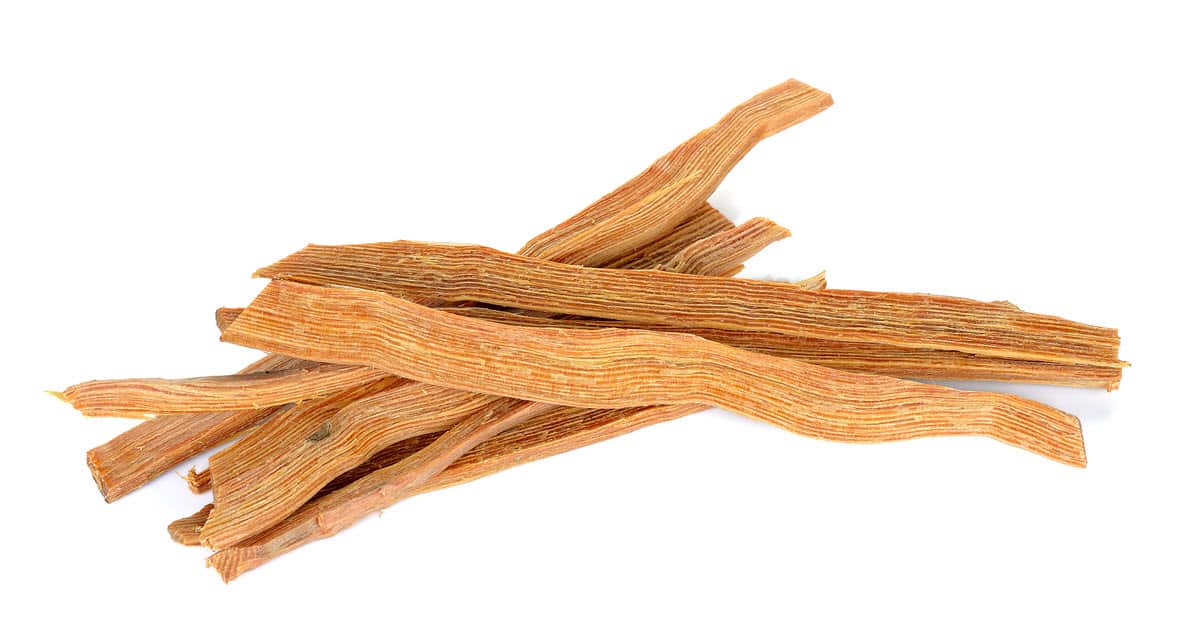
Fatwood is one of nature’s best all-natural waterproof fire starters and is also commonly known as pitch pine, pine knot, lighter wood, heart pine, or lighter knot. Fatwood is harvested from old pine stumps and tap roots that were leftover during the logging process or from trees that have fallen over, been damaged, or have died from other natural causes.
Table of Contents
- What Is Fatwood Made Of?
- What Kind Of Tree Does Fatwood Come From?
- What Is Fatwood Used For?
- Is Fatwood Toxic?
- What Is Fatwood Soaked In?
- What Is Fatwood Firestarter?
- How To Find Fatwood
- Benefits Of Fatwood
- How do I identify the best fatwood stumps in the wild?
- What’s the step-by-step process for harvesting fatwood?
- How do I prepare fatwood for different fire-starting scenarios?
- What makes fatwood effective in survival situations?
- How can I maximize fatwood’s effectiveness for outdoor cooking?
- What’s the best way to test if I’ve found genuine fatwood?
- How should I process fatwood for long-term storage?
- What safety precautions should I take when using fatwood indoors?
- How do I maximize fatwood’s burning efficiency?
- What are the signs of high-quality fatwood?
What Is Fatwood Made Of?
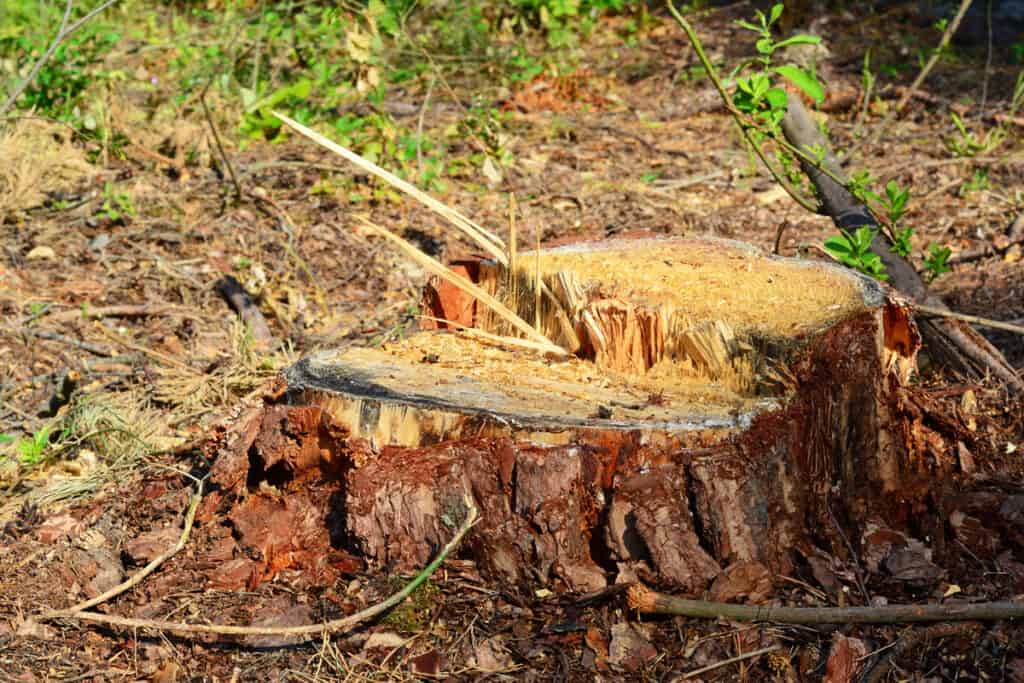
Fatwood is the extremely flammable resin-soaked wood that forms after a pine tree has died.
After a pine tree has been cut or damaged, the tree sends a terpene-rich sap into the damaged area, and it becomes fatwood soaked in resin.
As the tree dies, the resin-soaked wood near pine knots and at the base of the stump gets hard and remains. The resin includes an all-natural hydrocarbon called terpene, which is also used in the production of turpentine. That is what makes fatwood fire starter so flammable.
Terpene is an organic but highly volatile chemical, which is why terpene is the “secret sauce” that helps turn dead pine wood and pine stumps, including the tap root, into Fatwood fire starter… one of nature’s best water repellent (some would say waterproof) firestarters.
What Kind Of Tree Does Fatwood Come From?
Fatwood comes from many different types of resinous trees but historically, the most common source of Fatwood is pine. Historically, in the United States, fatwood was most commonly associated with the longleaf pine (Pinus palustris).
However, those pine trees were overharvested in the U.S. and take up to 100 – 150 years to grow to maturity, so other faster-growing species of pines have replaced it for commercial replanting… and the commercial harvesting of Fatwood.
What Is Fatwood Used For?
The most common use for fat wood is as kindling or tinder to start a fire. True Fatwood is all-natural, with no chemical additives, and is 100% organic. It’s wind-resistant, lights quickly and easily, burns even in the dampest conditions, and burns hot enough to ignite significantly larger fuel logs.
Which is why Fatwood is a favorite for outdoor use and should be strongly considered as a must-have survival tool for any emergency situation.
You can shave Fatwood sticks into tinder and mix it with magnesium shavings, or chop it up small enough to be used for tinder (a popular size for tinder is approximately 5 or 6 inches long by about ¾ inches in diameter).
The pine resin (which makes Fatwood such a great fire starting tool) also produces pitch and tar. Pitch and tar have been used as preservatives and sealants for rope and wood. Tree resin is also used in nail polish and household cleaners such as pine oil or turpentine.
Is Fatwood Toxic?
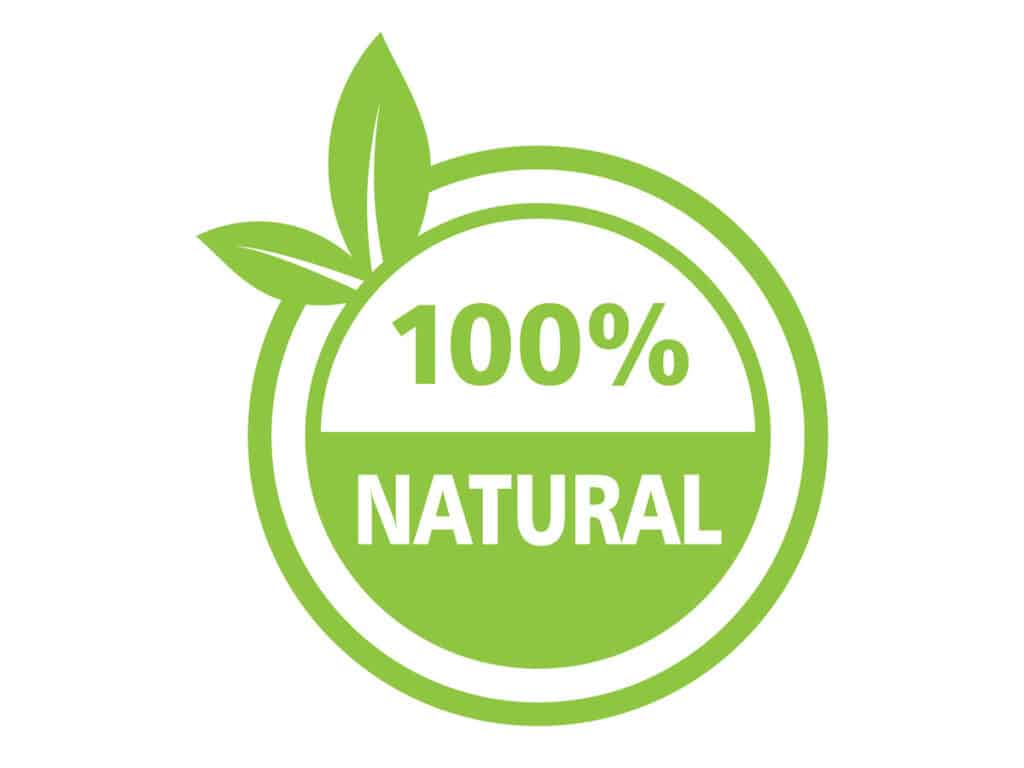
All-natural Fatwood is not toxic. The best Fatwood (IMHO) is 100% naturally harvested from the sap-rich heartwood of the pine stump. It should never be treated or chemically enhanced in any way.
Technically speaking, any chemical produced during combustion could possibly be toxic, as well as the “toxicity” of inhaling smoke.
However, 100% all-natural fatwood is generally considered safe for indoor use in your fireplace, wood stoves, coal stoves, pellet stoves, and chimneys. You will also find it very useful for outdoor use as kindling for campfires, barbeques, and even a backyard fire pit.
What Is Fatwood Soaked In?
All-natural Fatwood is soaked in a naturally occurring resin called terpene that collects in the stumps of dead trees. Fatwood is a 100% organic, chemical-free fire starter and kindling that lets you start a fire with a single match (you can even use it to start a fire without a match, if that’s your thing).
However, some companies choose to soak their wood in very toxic and extremely volatile chemicals to help it ignite. This is likely because they are harvesting inferior pine (less sap, lower levels of terpene, etc.).
The fumes emitted from chemically treated wood can cause headaches and nausea in those exposed to it, which is why I strongly recommend against using any type of chemically treated wood indoors or in areas with bad ventilation. I’d avoid using chemically treated Fatwood in an indoor wood stove or fireplace.
What Is Fatwood Firestarter?
Fatwood Firestarter is pinewood with an extremely high concentration of the naturally occurring resin created by the pine tree. That resin is highly flammable, which is why Fatwood makes such a great fire starter.
How To Find Fatwood
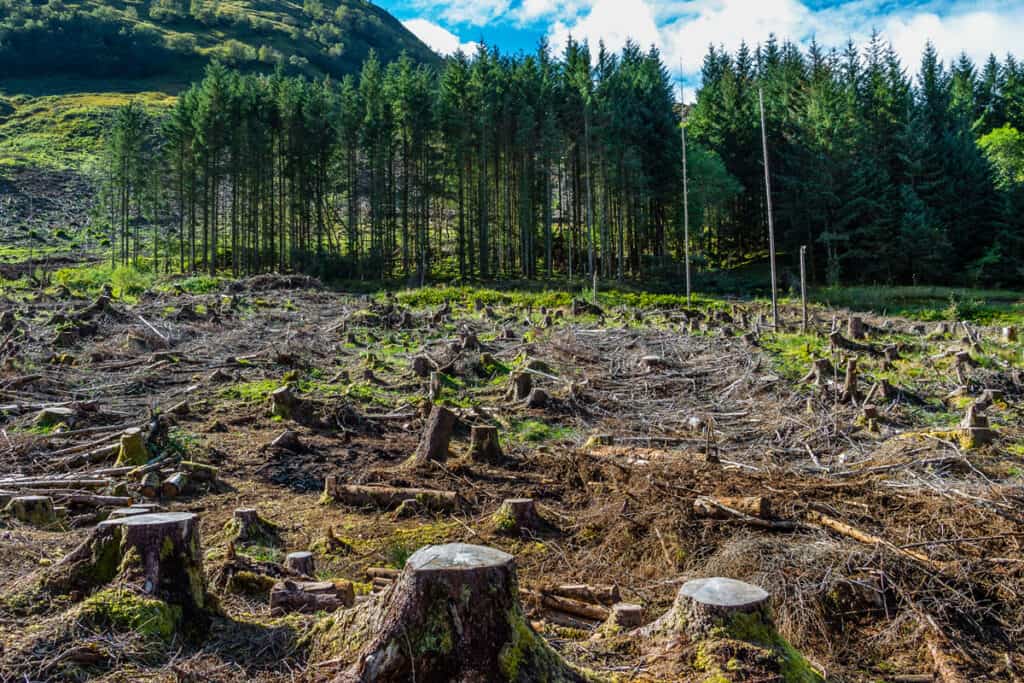
The best way to find Fatwood in the wild is to look for areas where pine trees have been logged or killed by a fire. Look for ones that have old, dry stumps. These will have the most Fatwood.
The stumps should be grey and rotting, as this will have allowed time for the resin to collect. The pine tree stumps are where the resin is more concentrated and well kept. The highest concentration of fatwood is between the trunk and the roots.
How will you know if you have found it? The first clue will be the strong scent of pine in the air. Look on the surface of the stump for any noticeable pools, streaks, or beads of dried sap. You will also notice that the wood is yellow or golden in contrast to the grey wood surrounding it.
The best place to look is in a pine tree that has been dead for quite a while. This will allow the resin to rise from the roots to the stump.
You can easily pull the stump up from the ground. Then, you will want to use a hatchet to chop away all the rotten wood to uncover the Fatwood. You may want to put some lubricant on the blade because fatwood resin is very sticky. If you need to clean your blade, using a degreaser or gum remover is best.
Benefits Of Fatwood
1. Fatwood is easy to light
Fatwood is easy to light due to its high resin content, which makes it highly flammable. This characteristic allows it to ignite quickly with minimal effort, even in damp conditions, making it a preferred choice for starting fires in various settings.
2. Fatwood is water-resistant
Fatwood is a naturally water-resistant material derived from the heartwood of pine trees. Rich in resin, it retains its ability to ignite easily even when exposed to moisture, making it highly valued for starting fires in damp conditions.
3. Fatwood has a very long shelf life.
Fatwood is known for its exceptionally long shelf life. Due to its high resin content, it does not degrade easily and can be stored indefinitely without losing its effectiveness for fire starting. This makes Fatwood a reliable and durable choice for long-term storage.
4. Fatwood is easy to store
Fatwood is easy to store due to its compact size and resistance to rot and moisture. Its natural durability allows for convenient storage in various environments without special requirements, making it an ideal choice for both indoor and outdoor use.
5. Fatwood is environmentally friendly
Fatwood is considered environmentally friendly due to its sustainable sourcing from the stumps and roots of harvested pine trees. Its production does not require felling additional trees, making it a responsible choice for fire-starting material. Additionally, its natural composition and biodegradability contribute positively to its eco-friendly profile.
6. Fatwood is non-toxic
It is naturally sourced, considered safe, and non-toxic because it does not contain added chemicals or toxins. When burned, it produces a pleasant “burning pine” odor, unlike kerosene and other chemical-soaked fire starter products, which can smell like toxic chemicals.
7. Fatwood is great for cooking outdoors
Fatwood is excellent for outdoor cooking due to its natural, non-toxic properties and easy ignition. Its high resin content ensures it lights quickly and burns hot, which is ideal for efficiently starting campfires and grills. The absence of harmful chemicals makes it safe for cooking, providing a reliable and eco-friendly option for outdoor enthusiasts.
8. Fatwood makes it easy to start a fire
Fatwood simplifies the fire-starting process. Its high resin content ensures it ignites quickly and burns intensely, reducing the need for additional kindling or accelerants.
How do I identify the best fatwood stumps in the wild?
Look for grey, rotting pine stumps in logged areas or after forest fires. The stump should have a strong pine scent, visible dried sap streaks, and distinctive yellow or golden wood contrasting with the grey surrounding wood.
What’s the step-by-step process for harvesting fatwood?
- Locate a suitable aged pine stump
- Pull the stump from the ground
- Use a hatchet to remove rotted wood sections
- Apply lubricant to your blade before cutting
- Extract the golden-colored resinous sections
- Clean tools afterward with degreaser or gum remover
How do I prepare fatwood for different fire-starting scenarios?
For tinder, shave the fatwood into thin curls using a knife. For kindling, chop pieces to 5-6 inches long and ¾ inches in diameter. For enhanced effectiveness, combine fatwood shavings with magnesium shavings.
What makes fatwood effective in survival situations?
Fatwood contains terpene-rich resin that makes it naturally water-resistant and highly flammable. It lights easily with a single match and burns hot enough to ignite larger fuel logs, even in damp conditions.
How can I maximize fatwood’s effectiveness for outdoor cooking?
Position fatwood pieces at the base of your fire structure, beneath your cooking fuel. Its high resin content ensures quick ignition and intense heat, making it ideal for efficiently starting campfires and grills without chemical accelerants.
What’s the best way to test if I’ve found genuine fatwood?
Test for these three characteristics:
- Strong pine scent when cut
- Sticky, resinous texture
- Golden-yellow color in the heartwood
Avoid pieces with chemical smells or unusual coloring.
How should I process fatwood for long-term storage?
Cut fatwood into usable sizes before storage. It requires no special preservation methods due to its natural water resistance. Store in a dry container to maintain its indefinite shelf life and prevent resin from sticking to other items.
What safety precautions should I take when using fatwood indoors?
Use only natural, untreated fatwood in indoor fireplaces and stoves. Ensure proper ventilation, and avoid chemically treated alternatives that can release toxic fumes causing headaches and nausea.
How do I maximize fatwood’s burning efficiency?
Split larger pieces into smaller sections to increase surface area. Place fatwood beneath dry kindling and larger fuel wood. The resin-rich wood will ignite quickly and maintain a hot flame long enough to catch larger pieces.
What are the signs of high-quality fatwood?
Look for pieces with a strong natural pine scent, golden color, and visible resin content. Quality fatwood should feel dense and slightly sticky. Avoid pieces with mold, rot, or chemical odors.
Now that you know the answer to the question “what is Fatwood“…
Check out our Fatwood For Sale article for some great deals on our highest-rated Fatwood suppliers.
- High-Quality Resin Fatwood Sticks: Experience outstanding quality when starting a fire with our Vivlly fatwood kindling. Crafted from resin-rich pine trees, these sticks burn quickly and produce black smoke. Delivered in a 10lb box, they provide an abundant supply for multiple fires.
- Multi-purpose Fatwood Starter: Our wooden fatwood fire starter is suitable for both indoor and outdoor use. It’s perfect for lighting the fireplace in your home and can also be used for camping, grilling, and other outdoor activities that require a fire.
- Dry or Wet Burning: With our fatwood kindling, you can forget about weather concerns. Its high resin content ensures excellent burning performance, regardless of the weather conditions. Whether using a pit in your yard or preparing for a camping trip, this product is a must-have for your fire-starting needs.
- Environmentally Conscious Sourcing: We care about the world and source our fatwood from chopped, non-endangered pine trees without the use of man-made chemicals. Rest assured that we only select the finest fatwood that has already been harvested by responsible logging companies.
- Bulk Purchasing Options: Tailored to your needs, our product is available in various bulk purchasing options for both small and large businesses. Whether you’re buying in bulk for home or work use, we have solutions that meet your individual requirements.


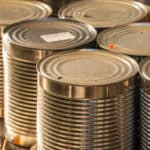
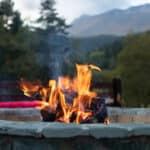
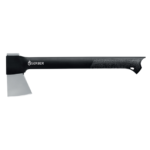






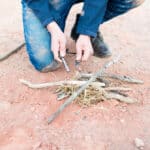

Leave a Reply